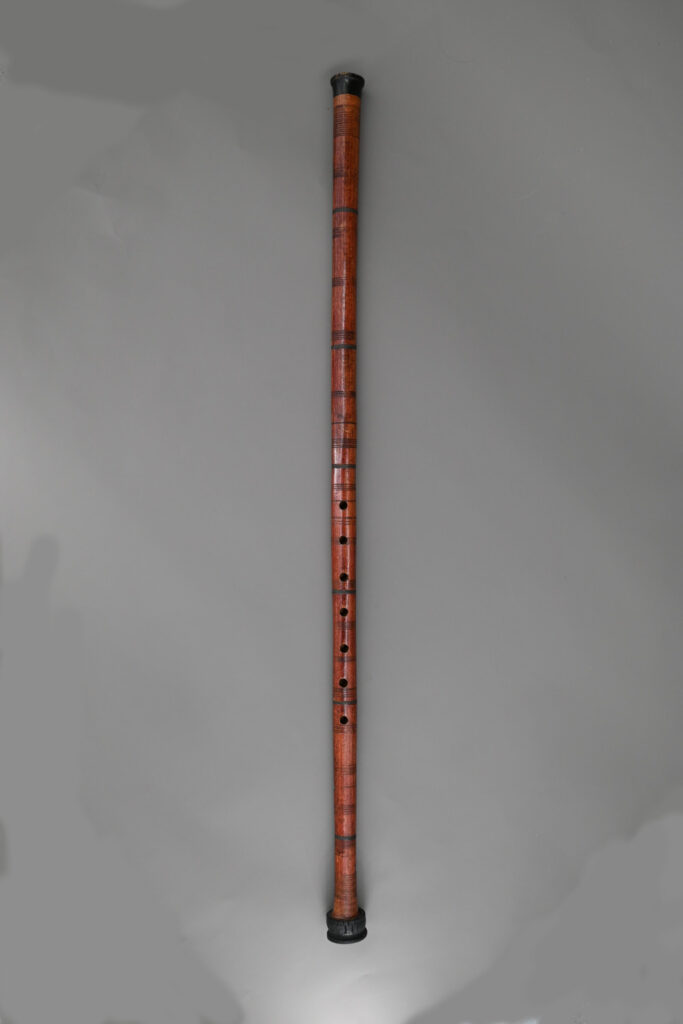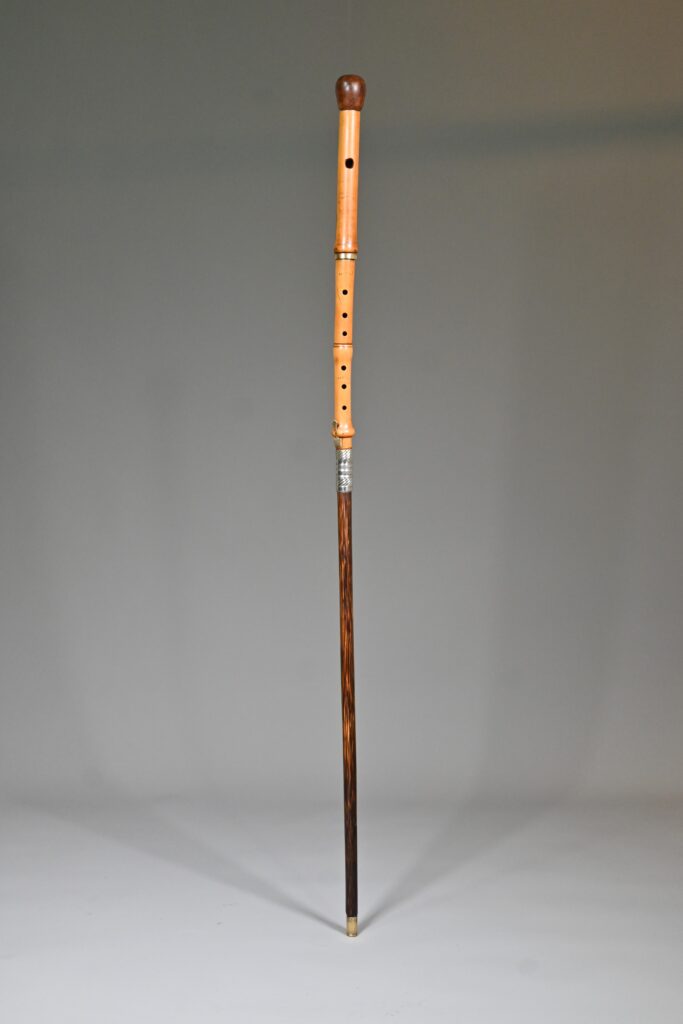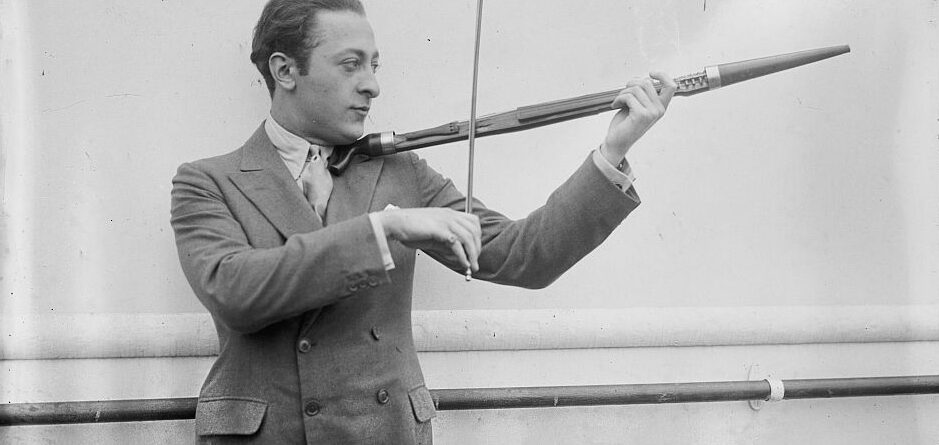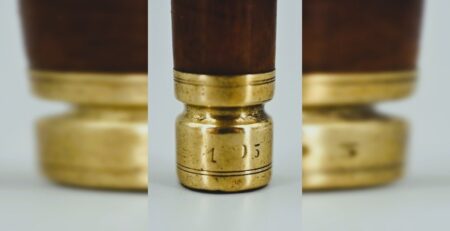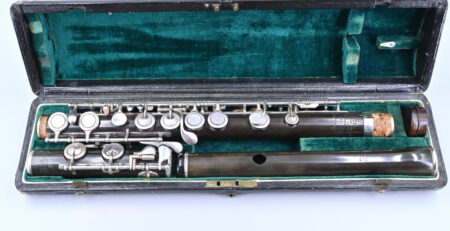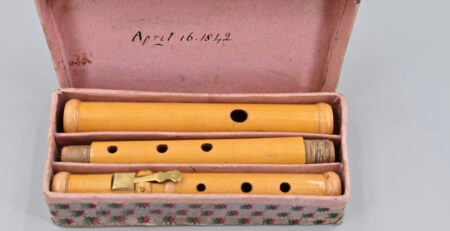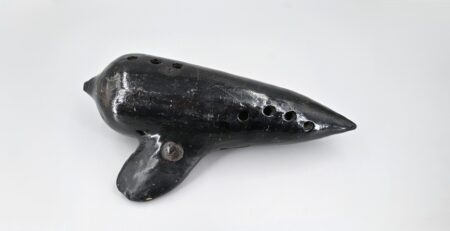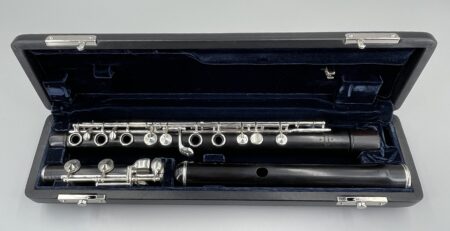Walking stick instruments
Whether you’re a rabologist or a musician, walking stick instruments are rather fascinating. Rabology is the study and/or collection of walking sticks. The walking stick collector’s market is huge and walking sticks seem not to lose their value over time.
From sticks to canes
Walking sticks were originally simply sticks, as the name suggests. From ancient times, they were used as a form of support for someone who needed a walking aid, but also as a form of self-defence. This function progressed and walking sticks became symbols of authority and power. They would also evolve into fashion accessories and status symbols. The word walking cane sounded somewhat more elegant than a mere stick.
In the late 1600s, men stopped carrying swords and swopped them for walking canes. In Victorian times, a typical gentleman would have quite a few walking canes in his possession. These elaborately made canes tended to reflect his social standing, wealth, interests and personality. They were crafted in exotic woods, using luxurious materials. The handles or pommels were lavishly decorated with mother of pearl, ivory, tortoiseshell or precious metals. Fabergé and Cartier even created ornamental ones for their clientele.

Then there were the gadget or system walking canes. What appeared to be a normal walking stick would in fact hide a secret. It could conceal a secret telescope and compass, a snuff box, binoculars, a lighter or even a weapon, like a sword. Ladies also began using walking canes fitted with perfume vials or even fans for those hot summer evenings.
Novelty canes featured pommels carved in the shape of animals or birds. There were also mythological creatures such as griffins, dragons, or sphinxes. In late Victorian times, the theme of erotica took hold and pommels and handles were crafted into nudes, sirens or mermaids – all discreetly hidden below the hand of the cane’s owner of course!
Musical instruments
Musical instrument walking sticks belong in the gadget or functional section. They became fashionable in the nineteenth century. It was a way of having portable music two hundred years ago. There are many examples of walking cane instruments, including the extremely famous flute and oboe one combined, which was made around 1750 by Georg Heinrich Scherer (1703-1778). But walking canes also doubled as violins, clarinets, trumpets, harmonicas or flageolets. Let’s not forget the csazkan.
A true walking stick instrument could be played as it was, without having to remove part of the walking stick itself. There are however what are called ‘fakes’. These are walking sticks that were originally an instrument, such as a flute, to which the walking stick parts were added.
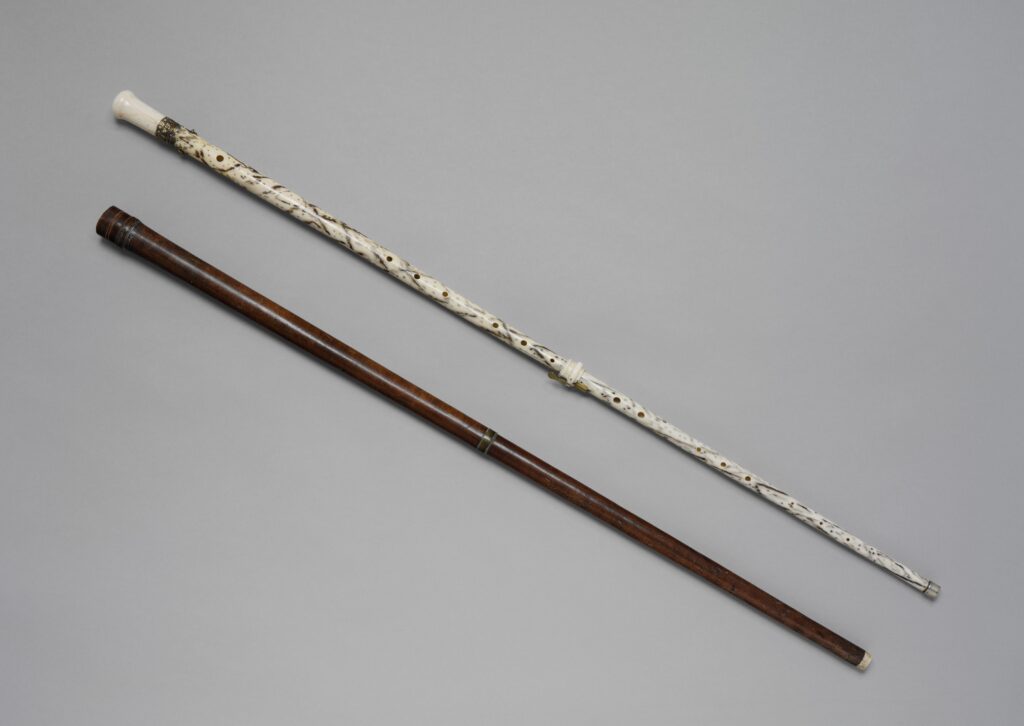
For more details of some special walking stick instruments we have up our sleeves, keep an eye on our product page.
